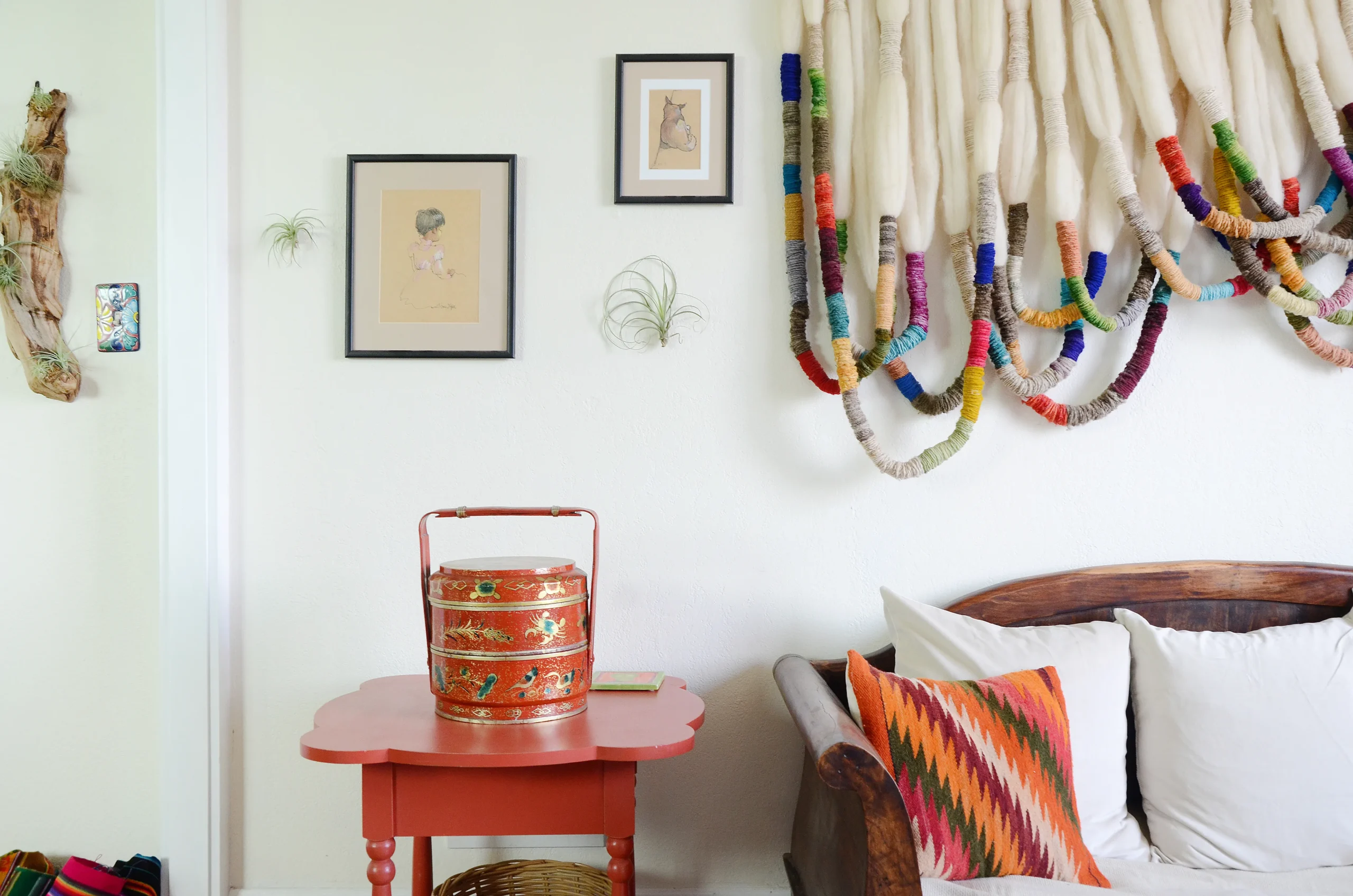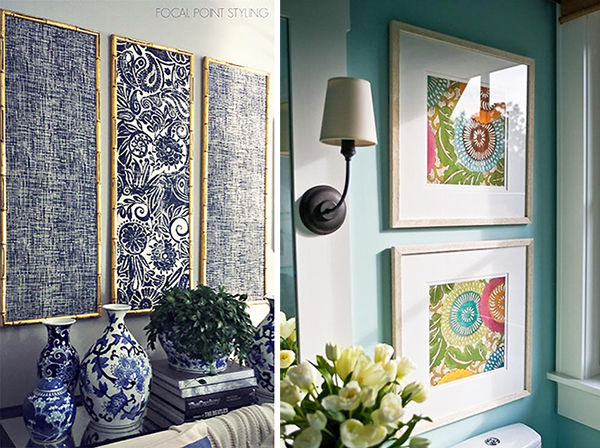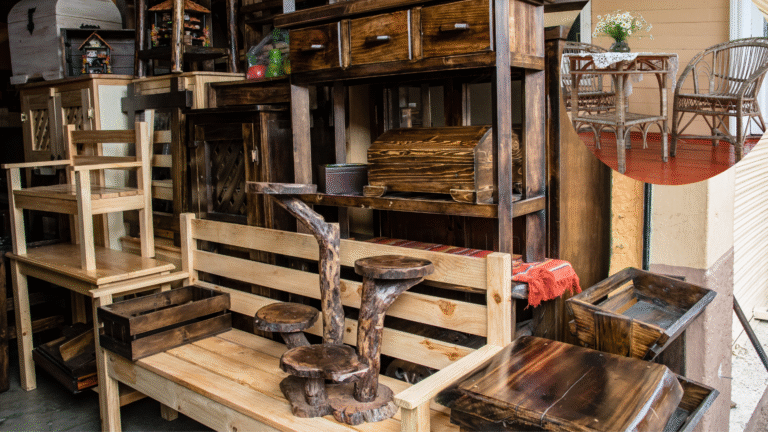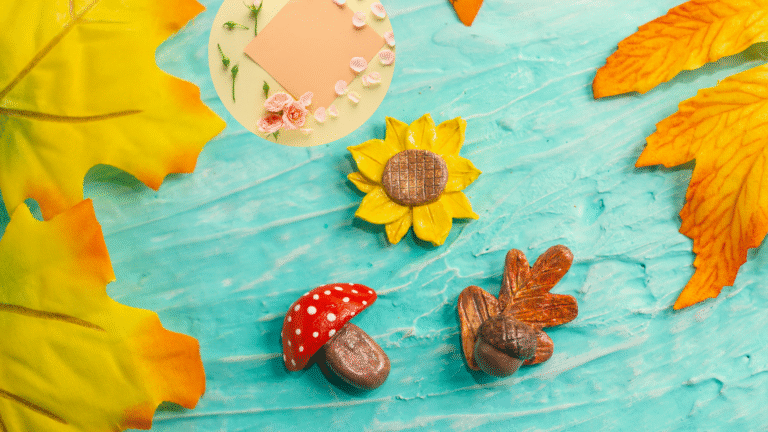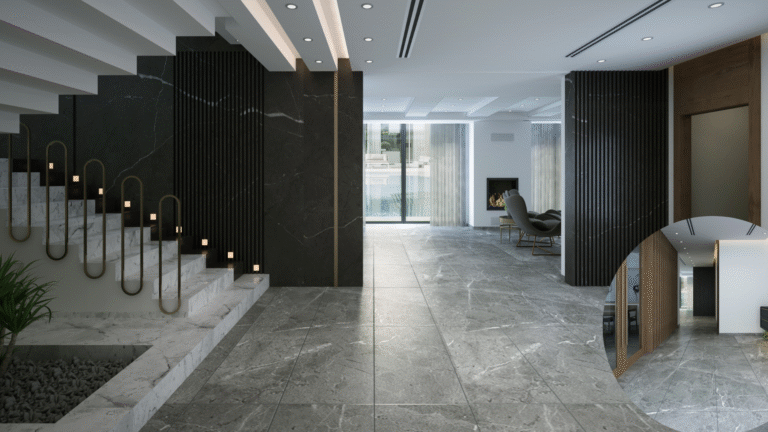DIY Designer Knock-Off Textile Art from a Recycled Rug
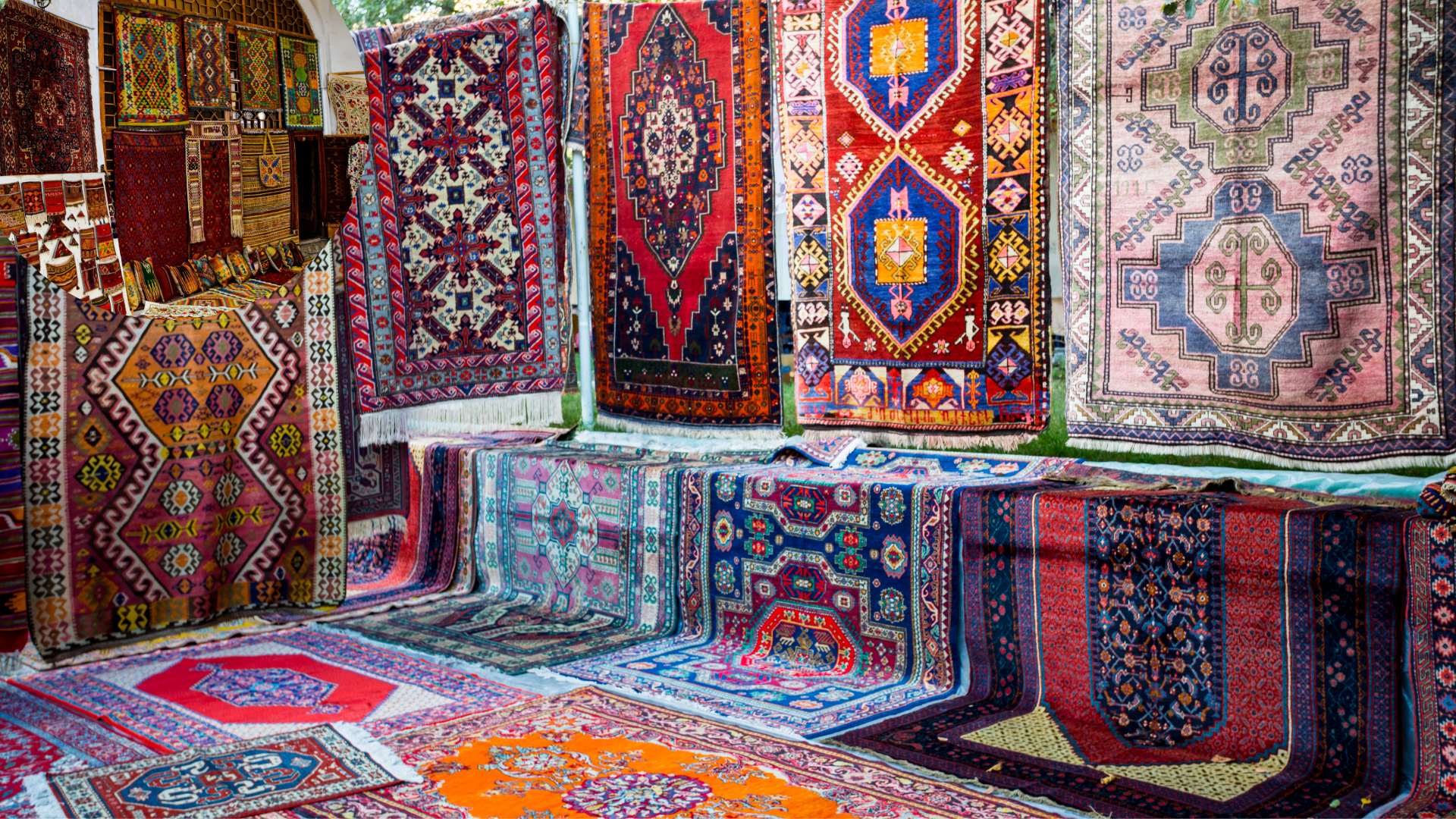
In the world of high-end interior design, textile art has emerged as a coveted feature. From handwoven tapestries to minimalist framed textures, this type of art infuses a room with warmth, character, and tactile appeal. However, designer textile art often comes with a hefty price tag. If you’re seeking a budget-friendly, sustainable, and highly customisable alternative, consider crafting your own DIY designer knock-off textile art from a recycled rug.
Not only is this a cost-effective way to add stylish decor to your home, but it also taps into the eco-conscious trend of upcycling. In this UK-based guide, we’ll walk you through every step to create your own unique piece of textile wall art—using nothing more than a second-hand rug, a few basic tools, and a bit of creativity.
Why Recycled Rugs Make Excellent Wall Art
Old rugs are ideal materials for DIY textile art because they are:
- Durable – Rugs are made to withstand foot traffic, so they are structurally sound enough to hang.
- Textured and Tactile – They bring a dimensional, fabric-rich aesthetic that softens modern interiors.
- Patterned and Unique – Each rug offers its own colours and motifs, often inspired by traditional or tribal art.
- Budget-Friendly – You can find quality vintage rugs in charity shops, boot sales, or online marketplaces like eBay or Facebook Marketplace.
Best of all, upcycling a rug keeps textiles out of landfill—an environmentally conscious win!
What You’ll Need
Here’s a list of supplies to gather before starting your project:
- Old or Vintage Rug – Choose a piece with bold patterns, neutral textures, or minimal wear.
- Sharp Fabric Scissors or Rotary Cutter – For trimming your rug.
- Wooden Canvas Frame or Stretcher Bars – Available at craft shops like Hobbycraft or The Works.
- Heavy-Duty Staple Gun – To secure the rug to the frame.
- Measuring Tape and Pencil – For precise cutting and marking.
- Optional: Spray Adhesive, Fabric Glue, or Upholstery Nails – To further secure stubborn corners or add decorative detail.
Step-by-Step: How to Create Textile Wall Art from a Recycled Rug
Step 1: Choose the Right Rug
Look for rugs made of wool or cotton blends. These are easier to cut and manipulate than synthetic fibres or rubber-backed mats. Ideally, the rug should be clean and free from damage. If necessary, give it a deep clean before starting the project.
Step 2: Plan Your Art Size
Decide where your art will hang, and measure the wall space. Frames can be custom-sized using stretcher bars, or you can repurpose an old wooden frame. Common sizes for a bold impact are 60 x 90 cm or 90 x 120 cm.
Step 3: Cut the Rug to Size
Lay the rug flat and use a pencil and measuring tape to mark your chosen size. Rug backing can be thick, so use a rotary cutter or very sharp scissors. Cut slowly to avoid fraying the fibres.
Pro Tip: If your rug has a central medallion or pattern, centre it in your artwork for a symmetrical look.
Step 4: Stretch and Staple
Place the rug face down. Position your wooden frame on top of it, centred on the rug’s design. Begin by stapling one edge of the rug to the back of the frame. Then, pull the opposite edge taut and staple it in place. Repeat on the remaining sides, working from the centre outwards. This ensures even tension and prevents sagging.
Step 5: Secure the Corners
Fold the corners neatly, as you would when wrapping a gift, and staple them securely. Use fabric glue for extra hold if needed. Be careful not to make the corners too bulky, especially if the frame is slim.
Styling Tips for DIY Textile Wall Art
1. Choose a Statement Wall
Hang your rug art above a sofa, bed, or sideboard to make it a focal point. Textiles draw the eye and can anchor a room’s colour palette.
2. Pair with Minimalist Decor
To avoid overwhelming the space, balance bold rug art with clean lines and neutral tones in the rest of your decor.
3. Use Multiple Panels
For larger rugs, cut them into sections and stretch each onto individual frames. Hang them side-by-side for a modern triptych effect.
4. Frame It (Optional)
For a polished finish, consider adding a shadow box frame or floating frame around your textile art. This elevates the piece from “DIY” to gallery-worthy.
Sustainable Living Through DIY Design
In the UK, over 300,000 tonnes of textile waste ends up in landfill each year. DIY projects like this are not just economical—they’re also part of a growing movement to reduce waste, extend the life of materials, and create meaningful, personal decor.
By turning discarded items into home treasures, you’re reducing your environmental footprint while curating a home that tells your story. It’s a step towards sustainable, mindful living—without sacrificing style.
Where to Find Rugs for Upcycling in the UK
- Charity Shops – Look for large branches of British Heart Foundation or Oxfam Home.
- Online Marketplaces – Facebook Marketplace, Gumtree, and eBay are goldmines for vintage textiles.
- Car Boot Sales – Ideal for sourcing old rugs on the cheap.
- Local Tip Shops or Recycling Centres – Many have resale sections with home goods.
- Neighbourhood Sharing Groups – Try Olio or Freecycle for free finds.
When buying second-hand, always check for signs of wear, odour, and stains before purchase.
Budget Breakdown (Estimated UK Prices)
| Item | Estimated Cost |
|---|---|
| Vintage Rug | £5 – £30 |
| Wooden Frame or Stretcher Bars | £5 – £15 |
| Staple Gun | £10 – £15 |
| Scissors or Rotary Cutter | £5 – £10 |
| Total Cost | £25 – £70 |
Compare this to designer textile art, which can range from £200 to £1,000, and it’s clear why DIY wins.
Final Thoughts
Creating a DIY designer knock-off textile art from a recycled rug is more than just a weekend craft—it’s a statement. It speaks to your resourcefulness, design sensibility, and commitment to a greener lifestyle. With just a little effort, you can transform something forgotten into something fabulous.
Whether your style is Scandi-minimalist, boho-chic, or modern eclectic, there’s a recycled rug out there waiting to become your next art piece. Happy crafting!
